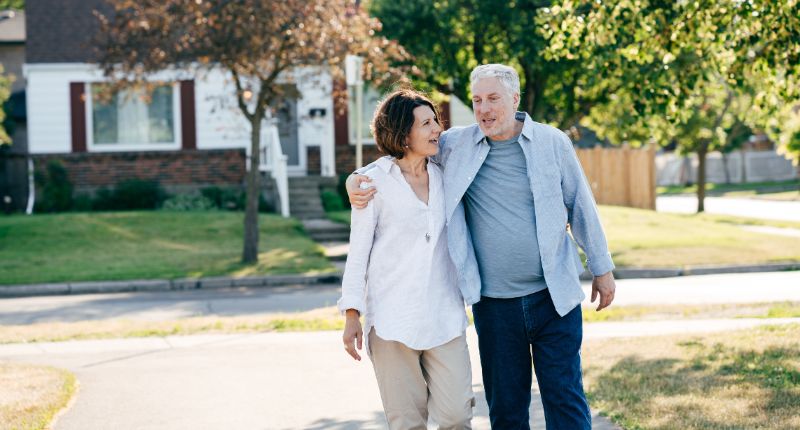
- Aging population poses challenges in housing, care, and affordability for Australia.
- Age-friendly housing can save $945 million annually and ease home shortages.
- Retirement communities should be a crucial component of the HAFF.
Today, the Federal government unveiled the Centre for Population’s 2023 Population Statement, outlining the nation’s impending ageing, housing, and care-related hurdles.
The impending aged care accommodation crisis
Retirement Living Council (RLC) executive director, Daniel Gannon, said that Australia was ageing, presenting unique obstacles regarding housing, care, and affordability.
“This is more important than ever given there are currently 2 million people over the age of 75 around the country, but by 2040, this cohort will increase to 3.4 million,” he said.
“This means there will be an additional 1.4 million people over 75 within the next two decades.
“These changes will have implications for the nation’s socio-economic outlook, including increased demand for healthcare, social services and aged care services.
“At the same time, the pressure on our housing markets continues to grow, as does the need for age-friendly infrastructure and appropriate housing options for this ageing cohort.”
Better Housing for Better Health
Underscoring the urgency of this issue, the RLC recently released their Better Housing for Better Health report, outlining the value of placing a greater emphasis on age-friendly accommodation.
“This report has found that retirement villages across the country save the commonwealth government a billion dollars every year by delaying entry into aged care facilities through better-designed homes that lead to fewer trips, falls and interactions with healthcare systems,” Gannon said.
By tailoring retirement communities to the needs of older adults, 11,600 individuals will have their entry into residential aged care delayed, saving the Government a whopping $945 million per year.
Furthermore, residents of well-designed retirement communities will have fewer interactions with the healthcare system, being 20% less likely to need hospitalisation after nine months. This equates to 14,000 yearly hospitalisations.
Easing the housing crisis
The report also found that investing more in retirement communities can substantially alleviate Australia’s current housing shortage, which is unlikely to get better soon.
National total property listings
The current pipeline of retirement communities is estimated to improve the housing shortage by 18%. Notably, by matching supply with the current demand levels, Australia’s housing shortage could be diminished by 67%.
“And when Australians ‘rightsize’, their homes re-enter the market, benefiting singles, couples and growing families, helping to close the supply gap,” Gannon added.
“Beyond just the housing benefits, residents of retirement communities are 41% happier, 15% more physically active, and experience reduced levels of loneliness and depression,” he said.
Hence, the RLC has recommended that the government involve retirement communities as a critical delivery element of attaining the Housing Australia Future Fund’s aim of supplying 1.2 million well-located new homes across the country by 2029.







